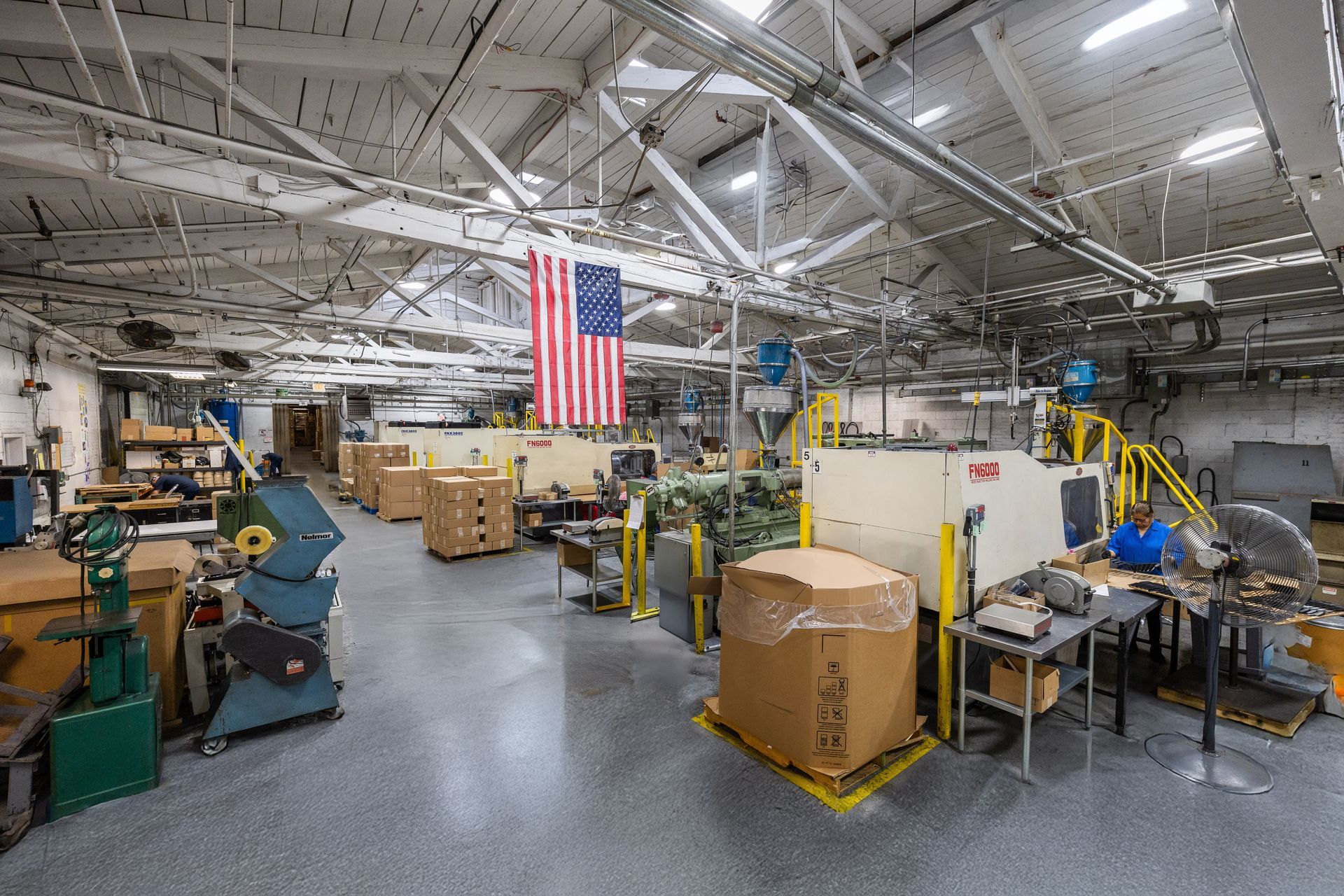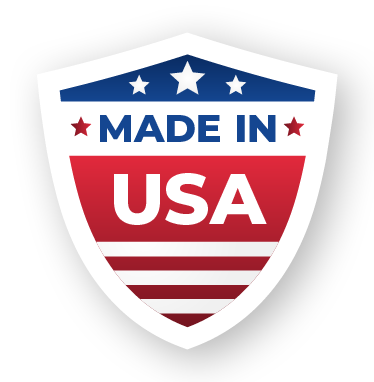The Use of Acetate in Plastic Manufacturing
Developed in the 19th century from wood and cotton fibers, cellulose acetate is still used today for some products in the plastics industry, particularly for eyewear, films, and packaging.
What Is Acetate?
Acetate is a kind of polymer plastic made by processing the cellulose naturally found in trees and wood pulp.
What Makes Acetate Desirable?
Besides being a renewable plastic, acetate is also fully recyclable, making it a desirable choice. Products made with acetate have a rather natural feel, and are popular for products which are handled frequently such as eyewear and tool handles. Acetate is also flexible, lightweight, printable, and hypoallergenic. It is approved for medical and food uses where it is particularly useful because of its breathability. Easily colored and thermoformed, it has a glossy look, is very transparent, and can be layered for richer, deeper color effects.
Drawbacks of Acetate
One of the main drawbacks of acetate is that it eventually degrades, which is particularly problematic in photographic film.
Uses of Acetate
Food Industry
Acetate is approved for direct contact with food, and its ability to "breathe", allowing moisture through, makes it an excellent choice for bakeries and to keep goods fresh, and in display cases where it's less likely to fog up.
Films
One of acetate's primary uses, it forms the material for photographic film, also known as "safety film". Although eventually it will degrade, it was developed as a safer alternative to highly-flammable nitrate film which preceded it. Acetate has also historically been used as a coating on magnetic tape used for early computer storage, and for the plastic sheets used with overhead projectors.
Eyeglasses
Because of its flexibility and versatility of color and layering techniques, acetate has been, and continues to be very popular for better-quality eyeglass frames, particularly tortoiseshell and other colorful patterns.
Crafts
With a neutral pH value and great clarity, acetate film is great in arts and crafts projects such as cards with clear window panels or filled shaker charms. Ink reservoirs for various types of pens and markers often use acetate and acetate film sheets are frequently used for non-archival storage and protection of art.
Tobacco Industry
Filters for cigarettes are made almost entirely from cellulose acetate.
One of our oldest plastics, acetate still plays an important role in plastics manufacturing today. To learn more, and to see how we can manufacture plastic products for you,
contact us today.
Recent Articles











